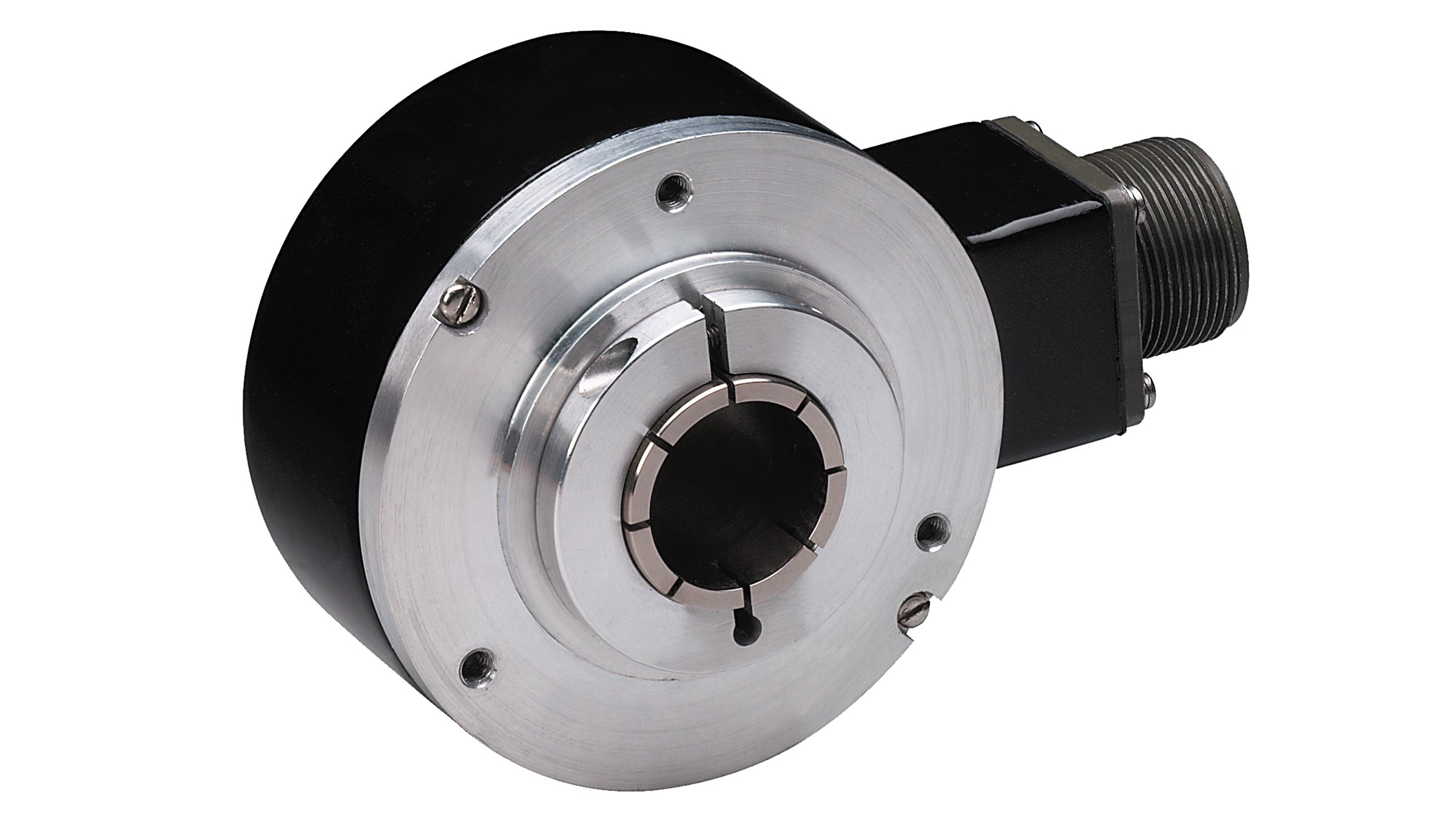The global optical encoder market has witnessed steady growth, fueled by increasing demand for high-precision motion control solutions across a variety of industries. As automation becomes central to manufacturing, robotics, aerospace, medical devices, and consumer electronics, optical encoders play an indispensable role in ensuring precise measurement of position, velocity, and rotation.

An optical encoder is an electromechanical device that converts the angular position or motion of a shaft into an analog or digital signal. These signals are then used in motion control systems to determine speed, direction, and distance—critical parameters in modern industrial applications.
Understanding Optical Encoders
Optical encoders work using a light source, usually an LED, which passes through a coded disk. The disk contains a pattern of transparent and opaque segments that interrupt the light beam as it rotates. These interruptions are detected by a photodetector and converted into electrical signals.
There are two primary types of optical encoders:
Incremental Optical Encoders: Provide relative position changes and require a reference point for absolute positioning.
Absolute Optical Encoders: Provide a unique digital code for each shaft position, offering accurate and repeatable absolute positioning.
Market Overview
The optical encoder market is projected to grow at a steady compound annual growth rate (CAGR) over the coming years. The expansion is driven by the rapid automation of industrial processes and the integration of encoders into machines for improved accuracy and efficiency.
Asia-Pacific holds the largest share of the market, with countries like China, Japan, South Korea, and India heavily investing in smart manufacturing technologies. North America and Europe also remain strong markets due to their established industrial sectors and high adoption of robotics and automation.
Key Growth Drivers
1. Industrial Automation and Industry 4.0
As factories move toward smart manufacturing under Industry 4.0 initiatives, optical encoders are essential for real-time feedback in CNC machines, conveyor systems, robotic arms, and automated guided vehicles (AGVs).
2. Demand in Robotics
Robots in industrial and service environments rely on encoders for precise motion control. Optical encoders enable high resolution and speed feedback that ensure robotic functions such as pick-and-place, welding, and inspection are executed with precision.
3. Medical Equipment and Healthcare Applications
In medical diagnostics and surgical equipment, high accuracy is paramount. Optical encoders are used in MRI machines, CT scanners, robotic surgical devices, and patient monitoring systems.
4. Consumer Electronics and Gaming
Optical encoders are found in high-end gaming devices, digital cameras, and smart appliances, where compact size and precise input recognition are required.
5. Aerospace and Defense
Aerospace systems need rugged and highly accurate encoders for aircraft control surfaces, satellite antenna positioning, and navigation systems.
Market Segmentation
The optical encoder market can be segmented based on the following factors:
By Type:
Incremental
Absolute
By Application:
Industrial Automation
Healthcare Equipment
Robotics
Consumer Electronics
Aerospace
Automotive
By End-User:
Manufacturing
Medical
Defense
Energy and Utilities
Transportation
By Region:
North America
Europe
Asia-Pacific
Latin America
Middle East & Africa
Recent Trends in the Market
Miniaturization: Development of compact encoders to support small, lightweight devices without compromising performance.
Integration with AI and IoT: Optical encoders are increasingly part of smart devices that gather and transmit data for advanced analytics and maintenance.
Resilient and Harsh-Environment Designs: Modern encoders are built to operate in extreme temperatures, vibrations, and contamination-prone environments.
Wireless and Contactless Technologies: Emergence of wireless encoders for better flexibility in complex systems.
Customized Solutions: Manufacturers are offering tailor-made encoders for niche industrial needs, such as high-speed rail or wind energy.
Challenges in the Market
While the optical encoder market continues to grow, it faces certain challenges:
Sensitivity to Dust and Contamination: Optical systems may underperform in dusty or oily environments, limiting their use in specific industrial settings without proper sealing.
Competition from Magnetic Encoders: In environments where robustness is prioritized over resolution, magnetic encoders present a lower-cost alternative.
High Initial Costs: Advanced absolute encoders can be expensive, which may limit adoption in cost-sensitive applications.
Complex Integration: Requires skilled personnel to install and calibrate encoders correctly within larger automation systems.
Key Players in the Market
Some of the major companies driving innovation and competition in the optical encoder market include:
Renishaw plc
Rockwell Automation
Honeywell International Inc.
Omron Corporation
Heidenhain GmbH
Baumer Group
TE Connectivity
Dynapar Corporation
Sensata Technologies
Allied Motion Technologies Inc.
These companies are investing in R&D to create high-performance, compact, and versatile encoders that meet the evolving demands of modern industries.
Future Outlook
The future of the optical encoder market looks promising, with significant expansion anticipated as automation continues to permeate every industry. As precision becomes non-negotiable in robotics, energy systems, and intelligent manufacturing, the demand for high-resolution optical encoders will only grow.
Moreover, the combination of optical encoders with digital twin technology, AI-driven systems, and wireless communication will unlock new efficiencies and opportunities in next-generation applications.







